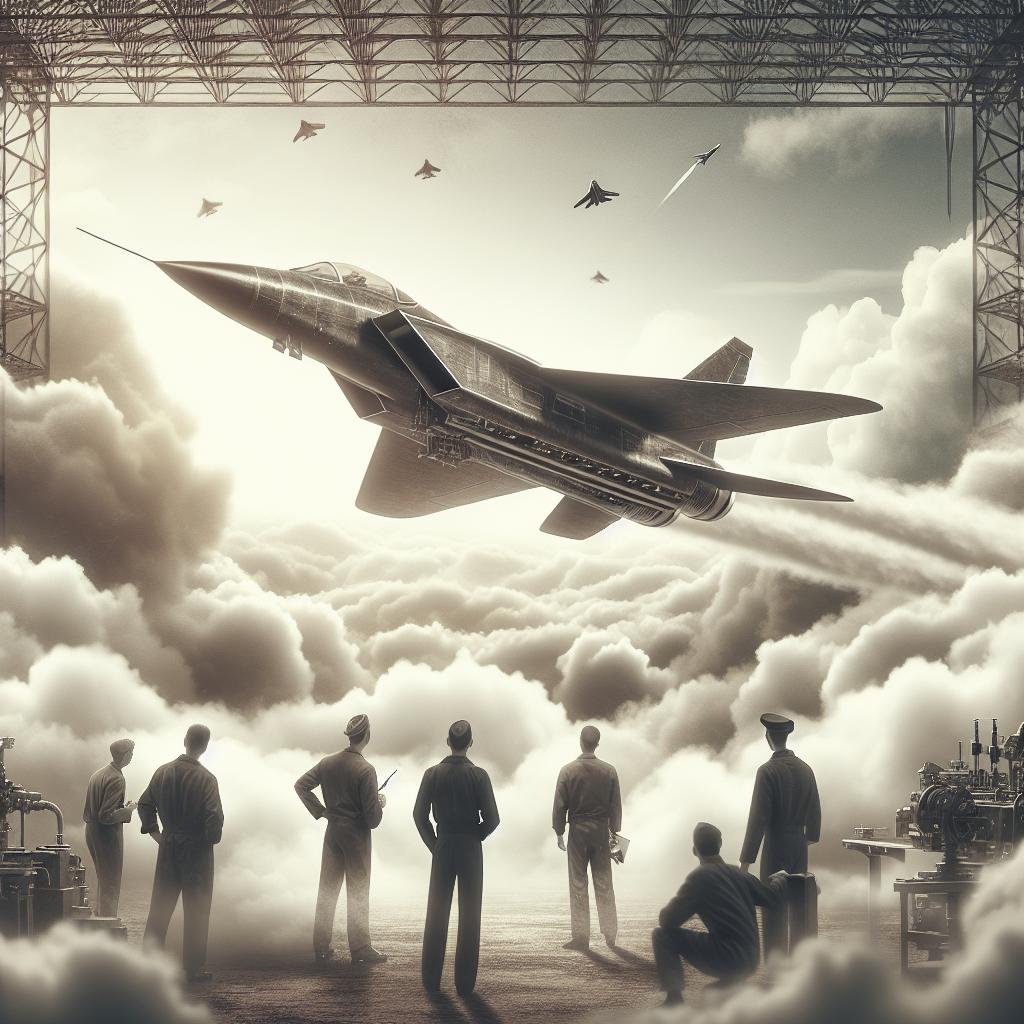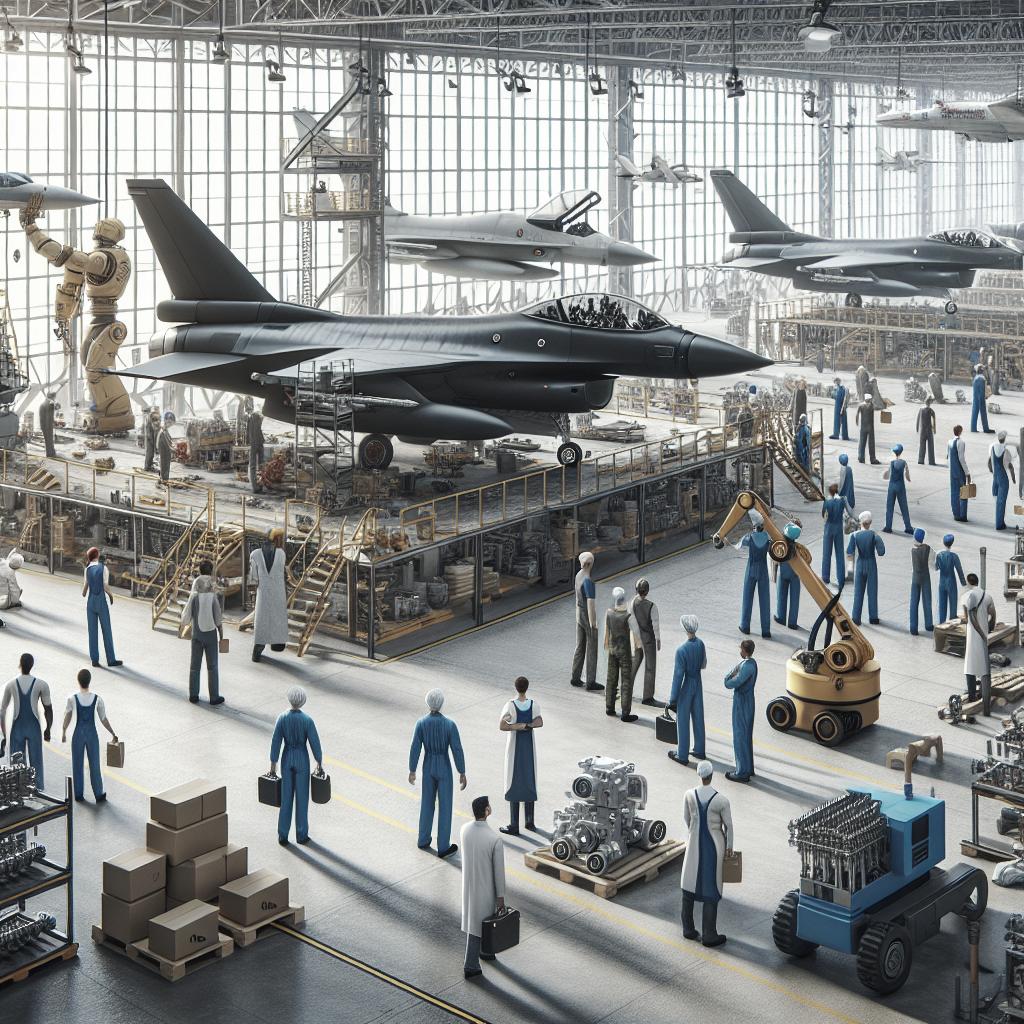“`html
The development of the first fighter jet marked a significant milestone in military aviation, transforming aerial combat and ushering in a new era of warfare technology. In this article, we’ll explore the early innovations that led to the creation of the jet fighter, delve into the progress made by early jet fighters, and examine the subsonic flights that set the stage for modern-day aviation. By understanding these key phases, we can appreciate the technological advancements and strategic foresight that fueled this aviation revolution.
Early jet fighters
The concept of jet propulsion dates back to the early 20th century, but it wasn’t until World War II that the idea began to take tangible form. Early pioneers in jet technology included Britain’s Frank Whittle and Germany’s Hans von Ohain. Whittle designed the first turbojet engine in 1937, though his work was initially met with skepticism. Conversely, von Ohain’s work in Germany was swiftly recognized, leading to the development of the Heinkel He 178, which took its first flight on August 27, 1939. This marked the advent of jet-powered aircraft in warfare.
During WWII, the race to develop effective jet fighters heightened as each side sought aerial superiority. The Messerschmitt Me 262, launched by Nazi Germany in 1944, was the world’s first operational jet-powered fighter aircraft. Its superior speed and firepower dominated the skies, showcasing the immense potential of jet propulsion in combat. However, despite its capabilities, the Me 262 had logistical and production issues, preventing it from altering the course of the war. The push for innovation in jet fighters continued post-war, setting the stage for future developments.
Subsonic flight
Subsonic jets, which typically travel at speeds below the speed of sound (Mach 1), played a crucial role in the early evolution of jet aircraft. The Gloster Meteor, developed by Britain, was the first Allied jet fighter to enter service in 1944. Although slower than its German counterpart, the Meteor proved effective in interception roles and contributed significantly to the Allied efforts during the war. Its success underscored the value of jet aircraft in military operations and incentivized further research and development in the post-war years.
The US also made significant strides with their subsonic jets, notably the Lockheed P-80 Shooting Star. Designed and built by Lockheed under the leadership of Clarence “Kelly” Johnson, the P-80 became the first operational jet fighter used by the US Air Force. Entering service in the late 1940s, it was deployed extensively during the Korean War. This era highlighted the transition from piston-engine aircraft to jet-powered fleets, making subsonic jets a mainstay in military aviation.
Summary
The development of the first fighter jets marked a pivotal shift in military aviation history. What began as early 20th-century concepts rapidly advanced during World War II, leading to the creation of operational jet fighters like the Heinkel He 178 and the Messerschmitt Me 262. These innovations set the groundwork for further advancements in jet technology. The subsequent subsonic jets, such as the Gloster Meteor and Lockheed P-80 Shooting Star, showcased the strategic benefits and operational capabilities of jet-powered aircraft, solidifying their role in modern air forces.
Trending Now
Today, the legacy of early jet fighters is evident in the modern, state-of-the-art aircraft employed by military forces worldwide. With advancements in stealth technology, supersonic capabilities, and sophisticated avionics, current fighter jets like the F-35 Lightning II and the Sukhoi Su-57 embody the rapid evolution sparked by their early predecessors. These jets feature enhanced stealth, agility, and combat effectiveness, ensuring air superiority in contemporary combat scenarios.
Moreover, the rise of unmanned aerial vehicles (UAVs) is revolutionizing modern warfare. These drones, capable of both reconnaissance and offensive operations, draw heavily on the technological advancements initiated by the development of jet fighters. As we move forward, continuous innovations in aerospace technology promise to further expand the capabilities and applications of both manned and unmanned aerial combat vehicles.
| Aspect | Details |
|---|---|
| Early jet fighters | Pioneered by Frank Whittle and Hans von Ohain; Heinkel He 178 and Messerschmitt Me 262 during WWII |
| Subsonic flight | Gloster Meteor and Lockheed P-80 Shooting Star; pivotal in transitioning to jet-powered military aircraft |
| Modern implications | Enhanced capabilities in jets like F-35 and Su-57; rise of UAVs in combat |
“`


